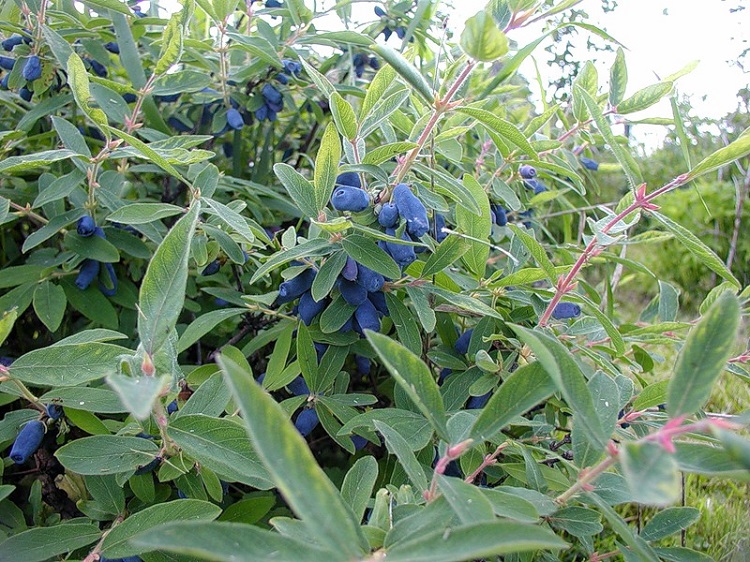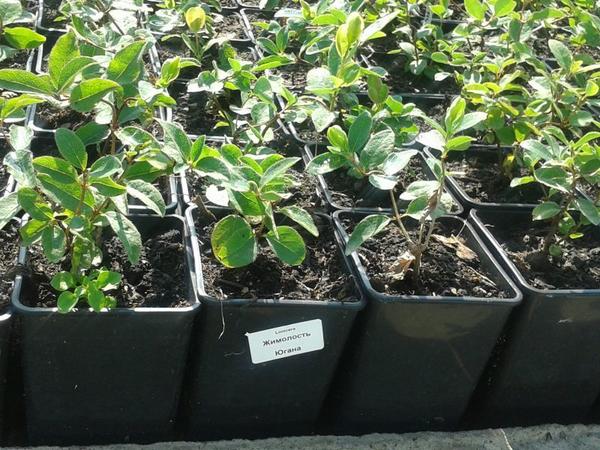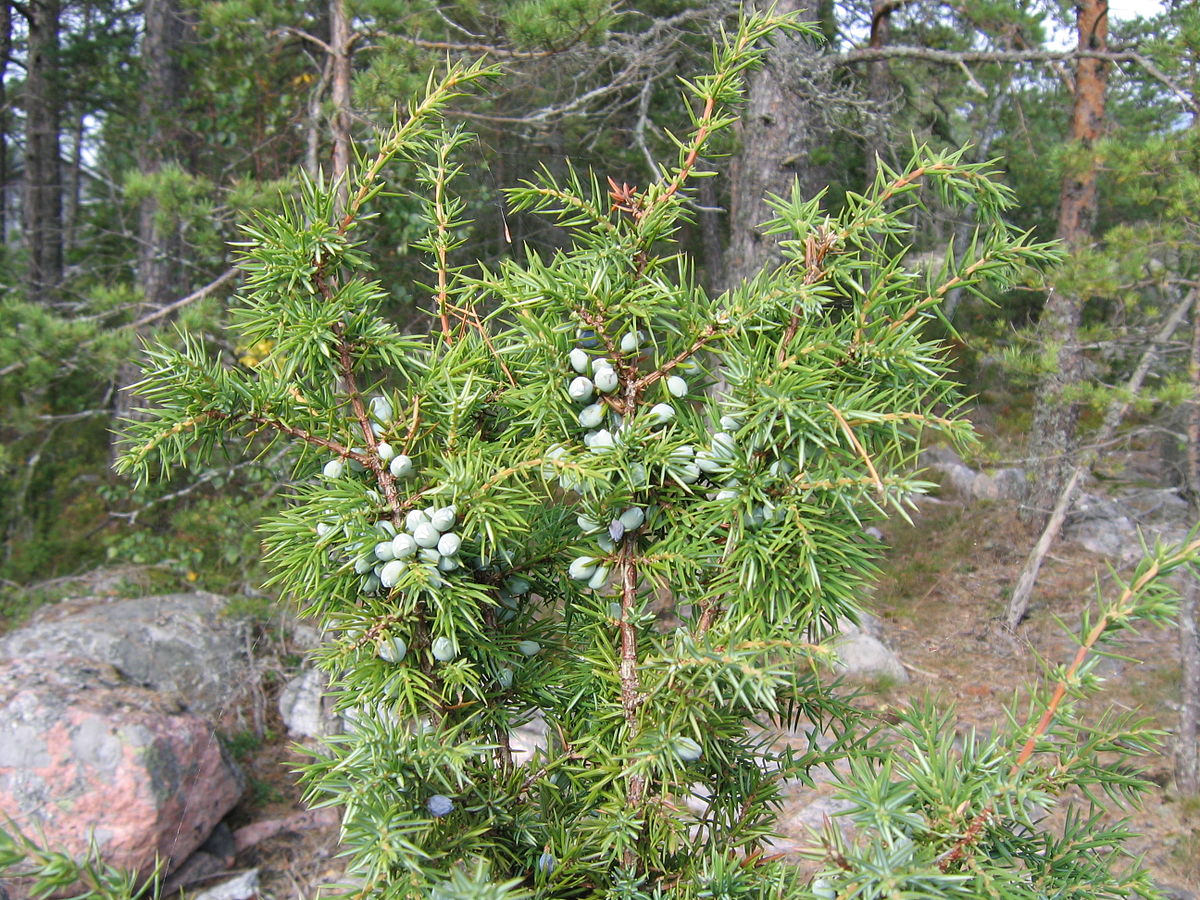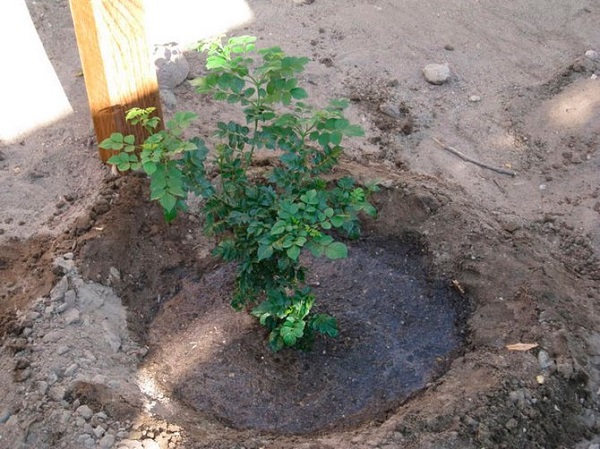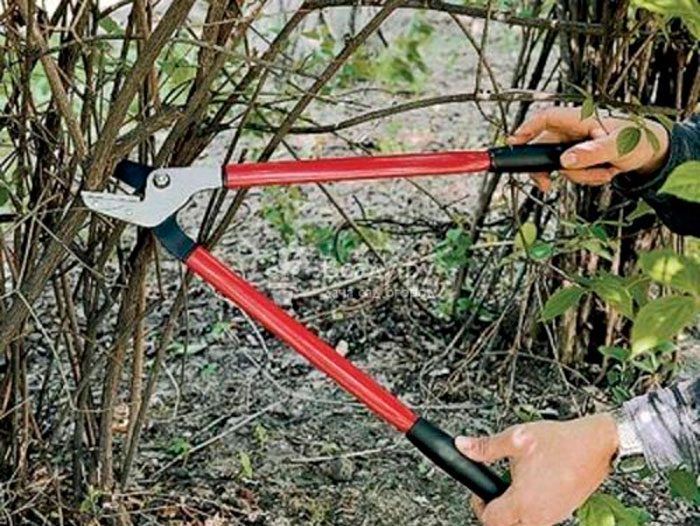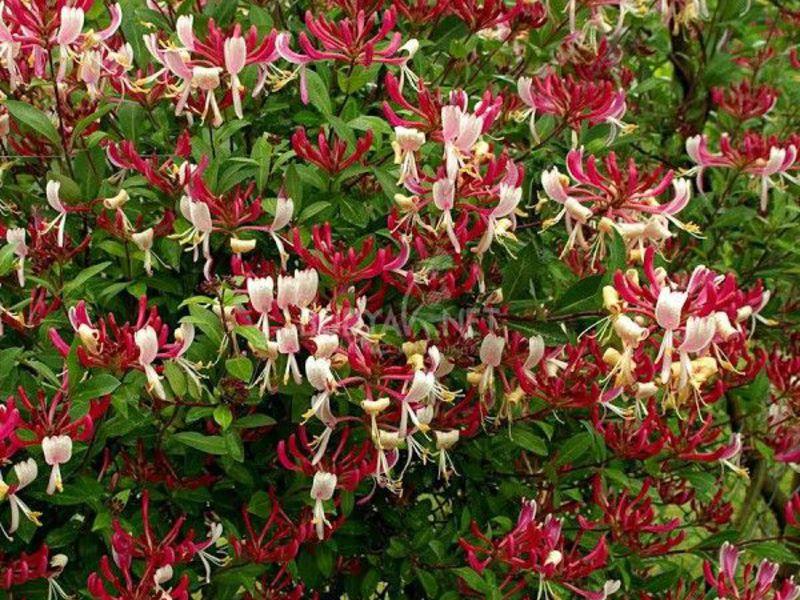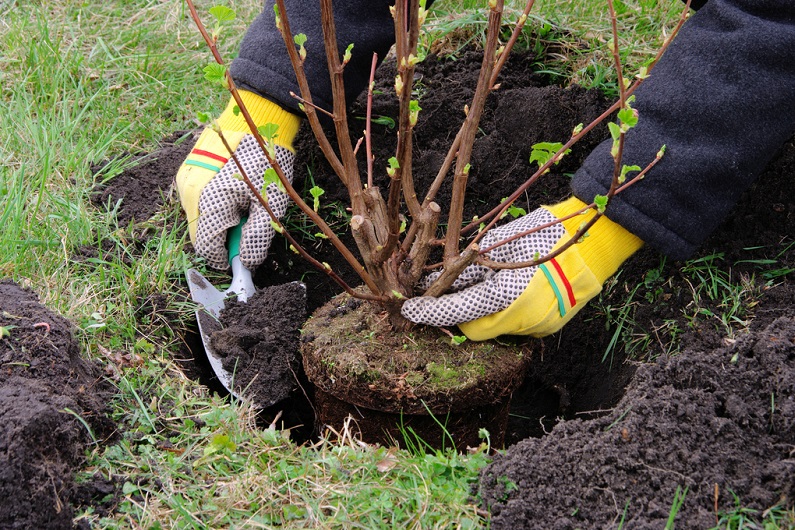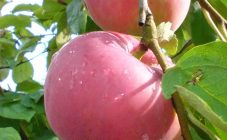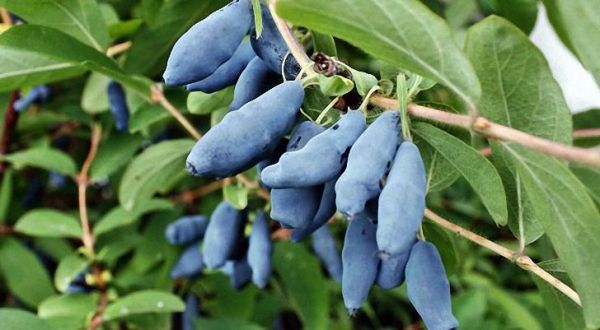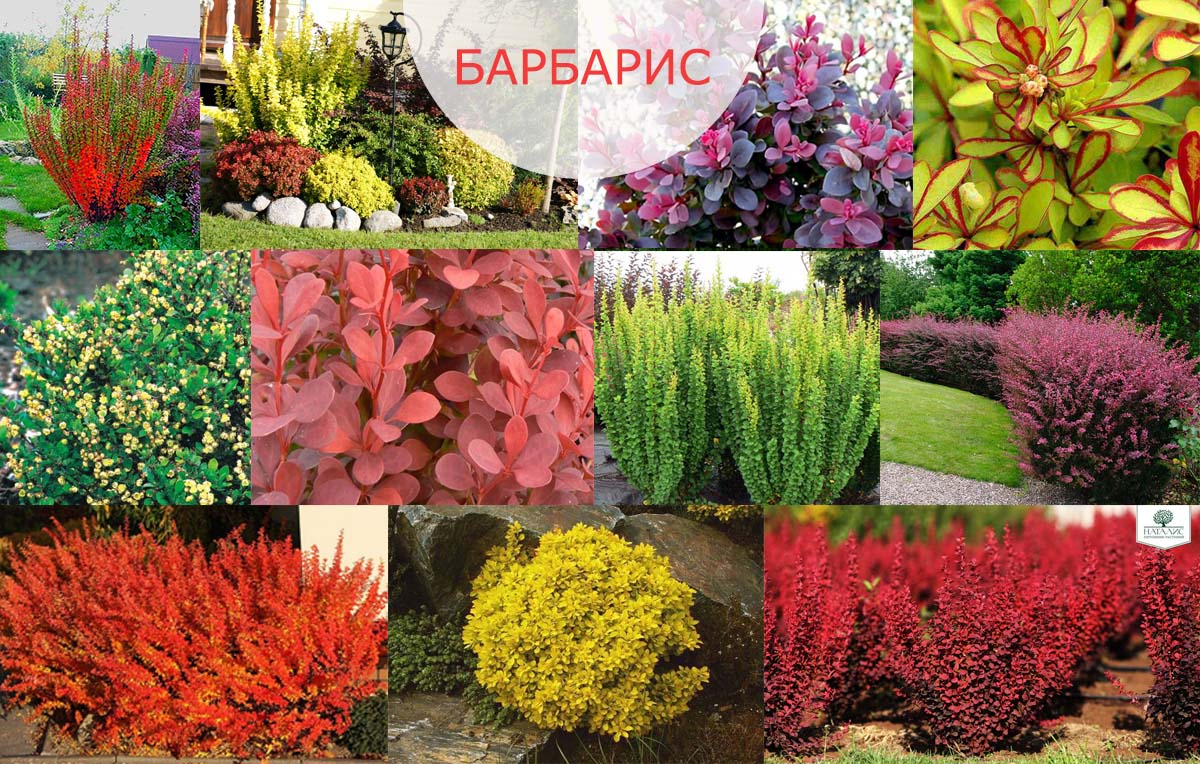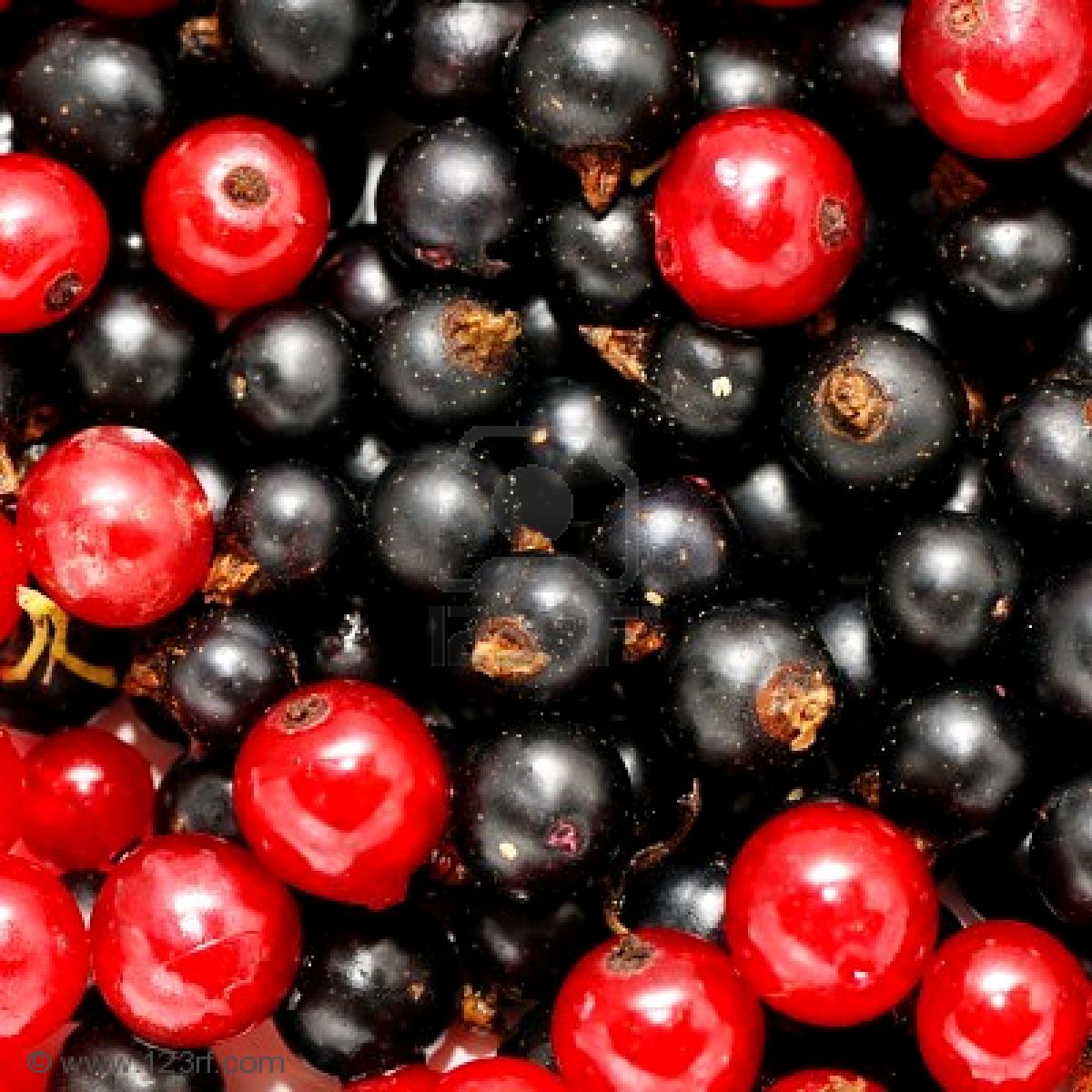Content:
Edible honeysuckle (also called honeysuckle) is becoming more and more popular among gardeners. Culture attracts not only with the usefulness of the fruits, but also with the ability to develop in harsh conditions. The plant reproduces both by seeds and vegetatively. The most common method is to plant honeysuckle in spring with seedlings.
When to plant in spring, in what month
Spring planting in open ground is practiced by many gardeners. But it should be done before the kidneys begin to swell, i.e. immediately after the snow melts. In most regions, this period is rather short and falls on the month of March.
Advantages and disadvantages of planting in spring
Planting edible honeysuckle in spring is preferable because the seedling will have plenty of time to root. But if you slow down and do not invest in the time frame, planting the plant by the time the buds swell, then it is difficult for the plant to spend energy on the development of the root system.
When to plant: in spring or autumn
Several factors influence the choice of time for planting honeysuckle: regionality, ripening period, openness of the root system. For the southern regions it is preferable to plant in autumn, because here the growing season of plants begins too early. Spring is more suitable for northerners due to the cold autumn in these areas.
Particular attention should be paid to the root system:
- It is better to plant a plant with ACS in the fall, since in spring it may not have time to take root before bud break. In seedlings, the roots are partially shortened before planting. Therefore, it will be very difficult to develop the bush and restore the system at the same time;
- A closed root waddles with an earthen lump at any time, since the ZOK is already partially ready for rapid engraftment on the site.
Based on the above, each gardener will decide for himself when it is better to plant honeysuckle in the country.
How to plant in spring: step by step instructions
Each work in the garden is carried out according to a certain technology. There is also a guide on how to plant honeysuckle seedlings in the spring. Below is a step-by-step algorithm of actions, and it begins with the choice of material.
What should be a seedling
In order to get tasty berries in the future, you should not buy young bushes on the spontaneous market - it is better to contact the nursery.
Here are the instructions to follow when choosing honeysuckle seedlings:
- the optimal age for transplants is 2-3 years, when a healthy root system has already formed on the bush, and flexible shoots (there should be about 2-4 pieces) have reached at least 30 cm in height;
- seedlings shorter than 25 cm are poorly developed, and overgrowths (more than 1 m) take root poorly;
- plants with ZOK are preferable, since their roots are more protected, therefore they take root faster.
Landing place
The best place for planting is an open, well-lit area, but honeysuckle will also reproduce in the shade (although not so abundantly). It is also necessary to ensure the protection of the plantings - both the young leaf will suffer from the strong wind, and the berry will crumble.
The main limitation in the selection of a place for a berry garden is the low occurrence of underground streams. If they are not deeper than a meter and a half, the roots of the plant will begin to rot, and the bush will die.
What to plant with
Honeysuckle does not like loneliness, but the plant is not comfortable with every crop. If honeysuckle gets along well with their own kind (raspberries, currants), then with apple trees, for example, they have conditional compatibility.
Do not plant next to poplar, chestnut, conifers, walnut trees - their leaves, falling off, begin to rot and infect neighboring plants. The same applies to peach, cherry, black viburnum, elderberry and flower bushes (jasmine, rose, lilac).
At what distance to plant
When planting bushes, take into account that an adult plant will have a spreading crown. To avoid further thickening, seedlings are placed at a distance of at least one and a half meters from each other. The characteristics of the variety are also taken into account. If for undersized individuals 1.5-2 m is a suitable gap, then 2.5-3 m are kept between tall ones.
When planting an ornamental variety, the distance is 3-3.5 m between the seedlings. When laying an extensive plantation, at least 3 meters should also be left between the rows.
What soil is needed
Honeysuckle is not capricious in the choice of soil (unless dry sands are suitable for it), but the culture develops best on fertile, loose soils with a high pH. Excessive acidity is smoothed out by liming, which is carried out before frost for spring planting next year. Lime or dolomite flour is added to the soil during digging at the rate of 0.2-0.4 kg per square meter of the site.
How deep to plant
The root system of honeysuckle is shallow, therefore, holes for seedlings are dug up to a maximum of 0.5 m. Here, the composition of the soil is also taken into account. If the soil is loose, the roots are buried by 0.2-0.3 m, on sticky black earth - by 0.1 m.
How and what to fertilize before planting
Recesses prepared for seedlings are filled with fertilizers: compost or humus (10 kg), potassium salt and double superphosphate (0.2 kg each). You can also use another mineral water, taking 0.35 kg of ammophos or nitrophos. If there are no potash fertilizers at hand, it is recommended to replace them with wood ash (0.5 kg per plant). On sandy loam soils, the amount of humus is doubled and mixed with clay (5 kg per 1 sq. M.).
Planting methods
Honeysuckle, like other berry crops, is planted in holes in 1-2 rows. With a large number of seedlings, it is rational to use the trench method. Its width is made about 0.4-0.5 m, and its depth is 0.3 m. Before fertilization, the bottom of the ditch is drained with broken brick or pebbles.
Care after landing
Those who have summer cottages know how important it is to organize proper crop care.Honeysuckle is unpretentious, but the basic conditions of agricultural technology should be observed.
The first 3 years after planting, when the plants are not yet bearing fruit, all care comes down to regular watering, weed removal and mulching. All other activities fall on the following years.
Watering
If the shrubs are watered sparingly before the beginning of summer, then from June under each bush 4-5 times a season they pour in a bucket of water. In a hot summer without rain, the number of irrigations should be increased, otherwise the berry will lose its juiciness and become tasteless.
Nutrition
The fertilizer that was applied during planting is enough for the plant for 3 years. Then they feed them with rotted manure or compost, adding a bucket of organic matter under each bush in the spring. But first, even on the melting snow, diluted urea is poured under the plants (1 tablespoon per bucket of water).
Before the honeysuckle begins to bloom, apply foliar dressing, spraying plants with "Aquarium", "Solution", "Master". In autumn, it is enough to pour wood ash under the bushes (150 g each).
Trimming
For the first 6 years, the berry growers do without pruning. Then in spring, sanitary pruning is carried out: damaged, diseased and dry branches are removed. But the tops of the shoots cannot be touched - the main flower buds are concentrated here, from which fruits will then appear.
Formative pruning is carried out in March or autumn, after leaf fall. Once every 2 years, a couple of unproductive shoots are removed. If the bush is more than 15 years old, a complete rejuvenating pruning is needed - only 0.5 m stumps are left. A new bush will form in a couple of years from young growth.
Diseases and pests
Honeysuckle is quite disease-resistant, except that powdery mildew can develop if the season is too rainy. Here "Fitosporin" will come to the rescue. The main control should be aimed at harmful insects:
- when aphids appear, it is recommended to process the bushes 2-3 times with vodka solution - dilute ½ glass of alcohol in a liter of water;
- if there is a hidden or sucking pest on the bush, use systemic chemistry ("Confidor", "Aktelilik", etc.).
Landing in different regions
The general rules for planting a cultivated plant are described above. But each region has its own conditions for growing berries.
In the Volga region
Planting honeysuckle in the spring is most favorable in this region, as soon as the snow melts. In this case, the air temperature should be within 5-10 degrees Celsius. In the Volga region, this time falls on the second half of March and until mid-April. But you should also take into account the possibility of returning frosts. In order not to freeze the kidneys, you need to follow the weather forecasts.
Middle lane (Moscow region)
For this region, the spring planting option is unacceptable. But if the need arises, then this work should be done in the second half of March.
In Siberia and the Urals
The northern strip of the country differs in that spring is late and comes closer to June. This is the only time to plant honeysuckle. In the autumn planting, the plants simply will not have time to take root, since winter in Siberia and the Urals is quite early.
Landing errors
Novice summer residents are just learning agricultural art. If it is wrong to plant and care for plants, it will be difficult to get healthy bushes, and even more so good yields. Therefore, you should provide honeysuckle care in the spring, taking into account the advice of experienced gardeners:
- if you transplant seedlings to a shaded area, then you should not rely on large fruits and high yields;
- when planting a culture, it is necessary to take into account the climatic features of the region (southern, middle, northern), as well as monitor the weather, waiting for it to stabilize, and the buds have not yet begun to open;
- improper feeding can destroy the plant; if the weather is too hot during the season, then the honeysuckle should not just be irrigated, but done with a nutritious liquid; but you should not overdo it with fertilizers - the foliage will begin to turn yellow, fall off, and the seedling will die.
If everything is done correctly, then the honeysuckle will take root well, and next year summer residents will be able to discover the unusual taste of nutritious berries.
By paying maximum attention to the correct spring planting, by taking proper care of the crops, you can quickly get rich honeysuckle yields. At the same time, the dacha will be unusually transformed, thanks to the beautiful bushes of this culture.
